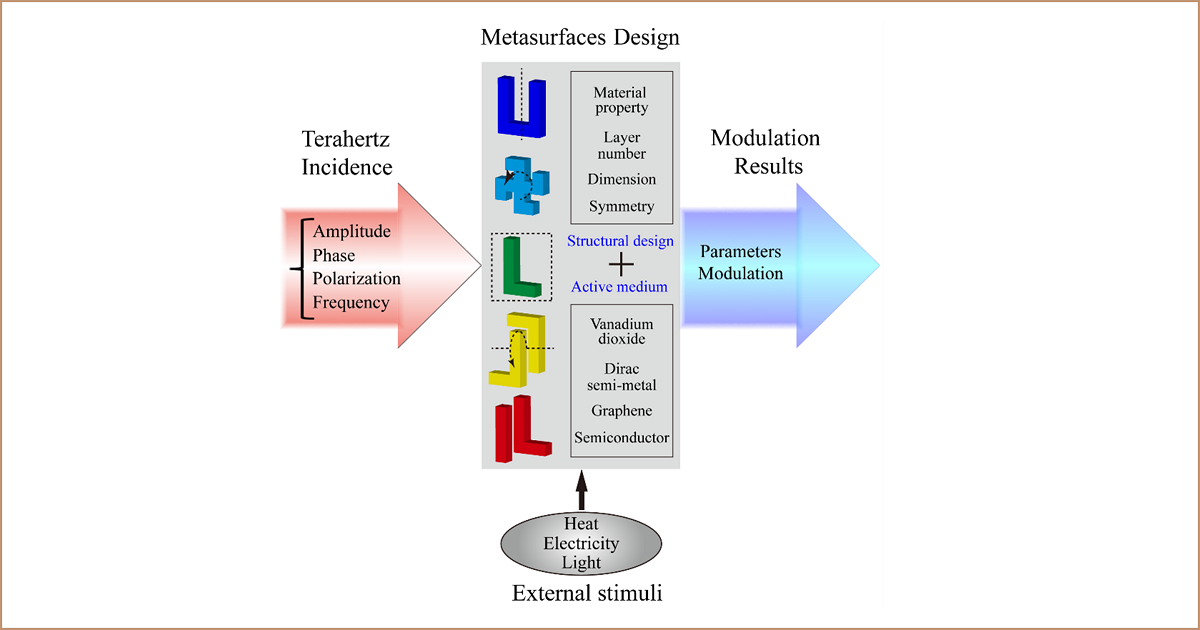- 3.2Impact Factor
- 6.4CiteScore
- 16 daysTime to First Decision
Terahertz Materials and Technologies in Materials Science
This special issue belongs to the section “Optical and Photonic Materials“.
Special Issue Information
Dear Colleagues,
Terahertz (THz) metasurfaces, composed of subwavelength metallic or dielectric microstructural arrays with a deep-subwavelength thickness, behave as a novel platform for developing highly efficient and integrated THz functional devices. The development of THz metasurface devices has recently drawn a lot of attention in the fields of THz communication, sensing, display, holographic imaging, non-destructive testing, and electromagnetic cloaking. Various strategies have been proposed and realized to construct novel, efficient, intelligent, and integrable metasurfaces.
This Special Issue, titled “Terahertz Materials and Technologies in Materials Science”, aims to provide a unique international forum for researchers working in THz photonics research and metasurface device development to report their latest endeavors in advancing this field, including the amplitude, phase, and polarization manipulation of THz through the novel microstructural design, the use of various external excitations, and the use of two-dimensional active materials.
Prof. Dr. Yuping Zhang
Dr. Meng Liu
Guest Editors
Manuscript Submission Information
Manuscripts should be submitted online at www.mdpi.com by registering and logging in to this website. Once you are registered, click here to go to the submission form. Manuscripts can be submitted until the deadline. All submissions that pass pre-check are peer-reviewed. Accepted papers will be published continuously in the journal (as soon as accepted) and will be listed together on the special issue website. Research articles, review articles as well as short communications are invited. For planned papers, a title and short abstract (about 250 words) can be sent to the Editorial Office for assessment.
Submitted manuscripts should not have been published previously, nor be under consideration for publication elsewhere (except conference proceedings papers). All manuscripts are thoroughly refereed through a single-blind peer-review process. A guide for authors and other relevant information for submission of manuscripts is available on the Instructions for Authors page. Materials is an international peer-reviewed open access semimonthly journal published by MDPI.
Please visit the Instructions for Authors page before submitting a manuscript. The Article Processing Charge (APC) for publication in this open access journal is 2600 CHF (Swiss Francs). Submitted papers should be well formatted and use good English. Authors may use MDPI's English editing service prior to publication or during author revisions.
Keywords
- terahertz
- metasurfaces
- light field manipulation
- dynamic control
- active medium

Benefits of Publishing in a Special Issue
- Ease of navigation: Grouping papers by topic helps scholars navigate broad scope journals more efficiently.
- Greater discoverability: Special Issues support the reach and impact of scientific research. Articles in Special Issues are more discoverable and cited more frequently.
- Expansion of research network: Special Issues facilitate connections among authors, fostering scientific collaborations.
- External promotion: Articles in Special Issues are often promoted through the journal's social media, increasing their visibility.
- e-Book format: Special Issues with more than 10 articles can be published as dedicated e-books, ensuring wide and rapid dissemination.

